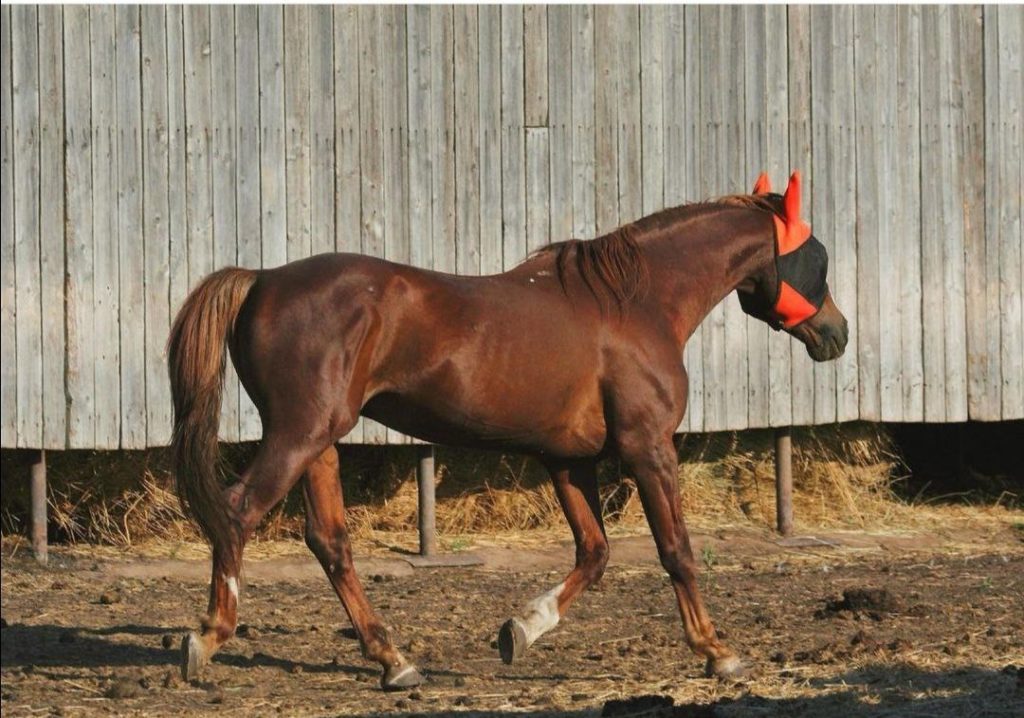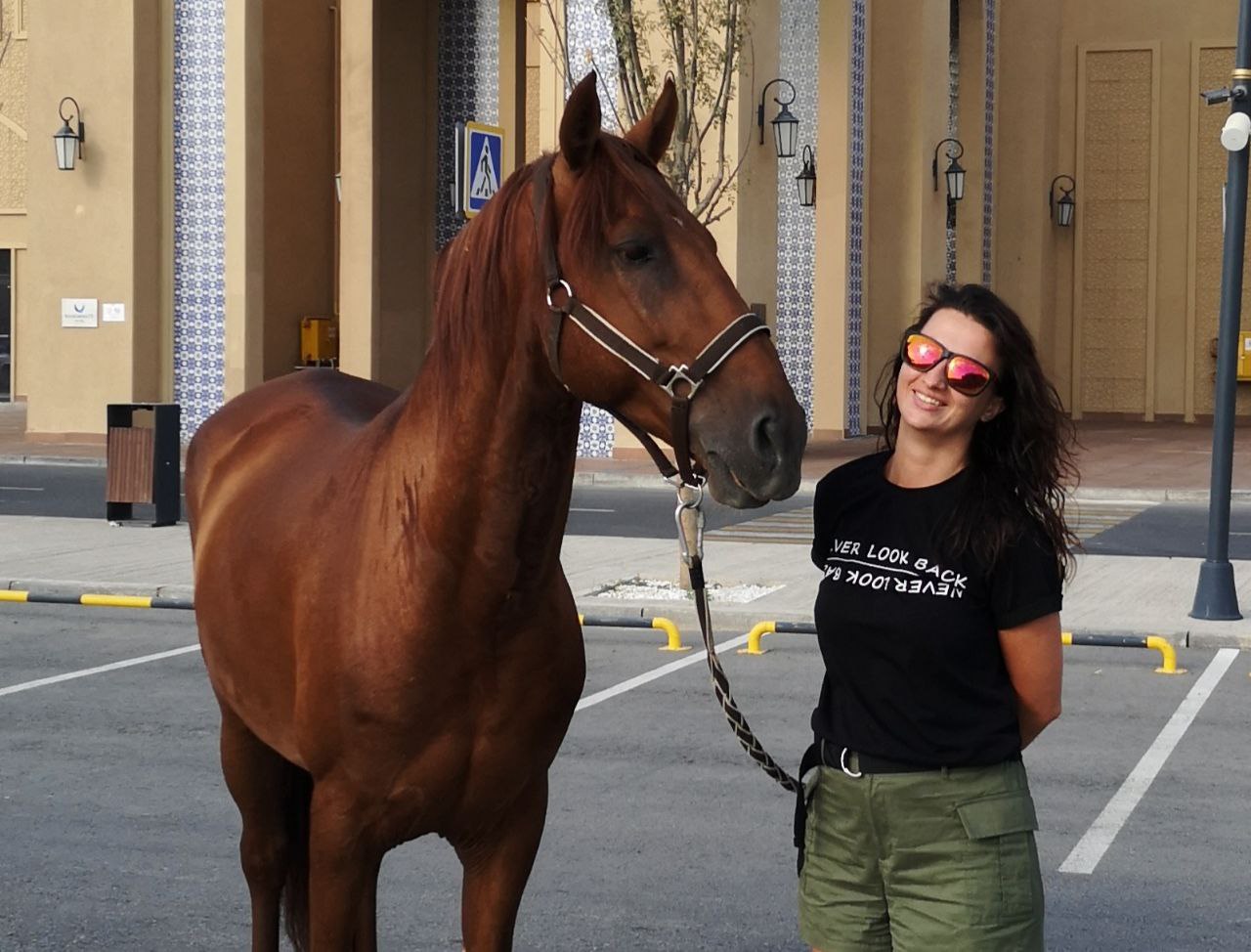Introduction
To get you through this short review I would like to start with the evolution of the horse.
Evolution of the horse counts for 35-55 million years developing as a specie in huge arid open ranges. Their lifestyle made them look like they are: one-hoofed herbivorous herd animals of prey, browsing for kilometers each day in search of food, water and other resources. Humans and horses were developing as species parallel to each other and in one historical moment, approximately 5000 years ago during Botai culture humans started to domesticate horses. You can have a look at this process by watching the interesting movie “Equus: story of the horse”.
Domestic horses are genetically identical to their ancestors and have the same requirements for providing life processes and welfare in spite of the domestic breeding influences.
Horses, turned out, became a very effective weapon and resource from the historical perspective, but we need to remember that they also carried through all the centuries their requirements of move, herd behavior, browsing, etc., a specie’s needs “written down” in their DNA. In the great armies like Roman, Greek or Attila’s cavalry, horses were going barefoot at that time and conquering forces of these armies succeeded a lot in spite of this fact. A great “encyclopedia” that remained till our days was written by Xenophon and there were quite a lot of useful tips about preserving good hoof conditions that are still current nowadays.
Photo fo the shoes + Knight In the early Middle Ages a history of more than 1000 years of confinement started for the horse. If we look at that historical epoch, we will see a tendency for humans to settle in castles and preserve their resources as best as possible. So a horse, as a major part of army and working forces, was also protected and confined into the stalls inside the castles or city walls. Approximately at that time major problems started: horse’s nature was forced to change. Horses had very small turnouts, if they had any, their urine and feces were often in touch with the hooves (ammonium and mud in combination with the lack of movement destroy hooves and the body has less chances to heal faster than pathology influences it). But what if the war starts tomorrow or cavalry will be at an unpredicted location and environment? The solution to put shoes on a horse is completely understood, as providing a horse with high-energy concentrates that are much easier to carry or store (compare the volume of 1 kg of oats vs 1 kg of hay).
But to be true, war horses in most cultures, who had temples and protected towns, often needed different kinds of hoof protection like hippo-sandals, cane sandals in Japan, or depended on regional life-hacks like ice half-shoes from nordic regions etc. In nomadic cultures (like Turks, Mongolians or Indigenous peoples in N. America) horses were successfully living barefoot in steppes and prairies 24/7.
And because the horse was for a long time a part of the war’s progress until the gas engine was invented, the tradition of horse keeping continued from one generation to another. The horse as a specie was kept pretty far from the homeostasis, which its bodies require. Actually we see a non-holistic approach and it’s aftermath that humans had to deal with: metabolic issues, laminitis, genetic problems, colics, lung diseases and so on.
Traditional approach didn’t pass the veterinarian science. Firmly integrated into the cavalry and working abilities of the horse, equine veterinary carried the same problematic aspects. It is not bad, and it’s not good, we can’t judge the history and I truly believe humans were doing their best to apply all the knowledge of that time with all the love and respect for a horse. But it carried some problems, for example, blood tests. They were based historically on the blood of horses that were kept in quite unnatural conditions and we still don’t know what is “the gap” in data between them and horses that are kept in natural conditions. Of course, I don’t mean that all horses should be returned into the steppes and prairies, but we can organize their stables and paddocks more naturally.
For example, the Paddock Paradise track system is a genius and simple way of horsekeeping that facilitates horses to move 24/7, show herd behavior and consume the food (almost) as they naturally do. This prevents so many man-made problems!
Now horses live with us for a few thousands of years and we can’t imagine our lives without them. Historically, humans took them out of their natural areal in steppes located in modern territories of Kazakhstan, Mongolia, South of Russia and Ukraine and moved abroad settling in new areals. That’s how horses got into areals that were unnatural to them: tropical Hawaii, marshlands in Camargue, exotic Australia and others. There is a fact, we put exotic animals to the zoos and we treat them like exotics, but not horses that actually belonged to a certain areal for millions of years, too.

Now we can see healthy animal herds with bodies full of muscle power and perfect hooves
Scientists use the terms “adaptive” and “non-adaptive” environments to describe the living conditions of a specie. So, adaptive is the areal similar to the specie’s origin. If we speak about a horse, its adaptive areal will be a steppe located on the territories I mentioned above or similar to them like the Great Basin of US where horses adapted* and succeeded to live as a specie. There we can see healthy animal herds with bodies full of muscle power and perfect hooves (without any stress-rings which are a good indicator of an unbalanced diet). Non-adaptive areal for a horse will be any other: tropical forests, marshlands, lands full of green pastures, taiga etc. How many places in the world where people keep their horses are suitable for these descriptions? Actually, all of them! British Islands, North, Eastern Asia, New Zealand, Camargue… That doesn’t mean that horses are not able to live there or successfully breed, they really do, but this unnatural full of carbs diet influences their bodies and it can be easily seen in their excessive fat deposits, stress-rings and high percentage of laminitis cases.
So I believe if it is impossible to return horses to their natural areals, it is in our responsibilities “to return” an adaptive environment to a horse: they should have 24/7 access to forage and water, free choice of movement and company. There are quite a lot of variations of horse needs described in different equestrian aspects (for example, Four Pillars of Natural Horse Care, Five Basic Freedoms, Circle of Influence etc.). Each of them has their own nuances, but the tendency for a human to have an overall view on horse welfare is a fact nowadays.
Short conclusion:
- browsers;
- band behaviour;
- prey animal behaviour;
- areal with tracks to resources.
We have seen so many examples of non-holistic approaches through centuries and actually this experience facilitated us to think and create examples of holistic approach and success. Many horse people all over the world practice an overall view on a horse: Paddock Paradise tracksystems are successfully created at the small home stables and at the huge elite horse riding facilities regardless of the direction of equestrian interests. As a professional I am very happy to see that holistic approach is already set into a practice of many veterinarians, hoof trimmers, bodyworkers, horse trainers etc.
Thank you for your time and if you want to read more about my practices, you are welcome to browse through these website pages.
* Horses became extinct on the American Continent between 13.000-11.0000 years ago and were brought to America again by Spanish conquistadors in the late 1400s, but there is also an opinion that horses were not extinct and that they were mentioned in Indigenous tales and stories before that.


